Hole in the Clouds
Jan 2, 2010

This plate was spotted at the antiques market alongside the Navigli canal in Milan. I'd like for somebody to buy it and take it to Antiques Roadshow so we can find out if the asking price was ridiiculously low or obscenely high or just right. Till then, we just don't know, do we?
Milan
Italy
(Image credit: Katrin Maldre)
Jan 10, 2011
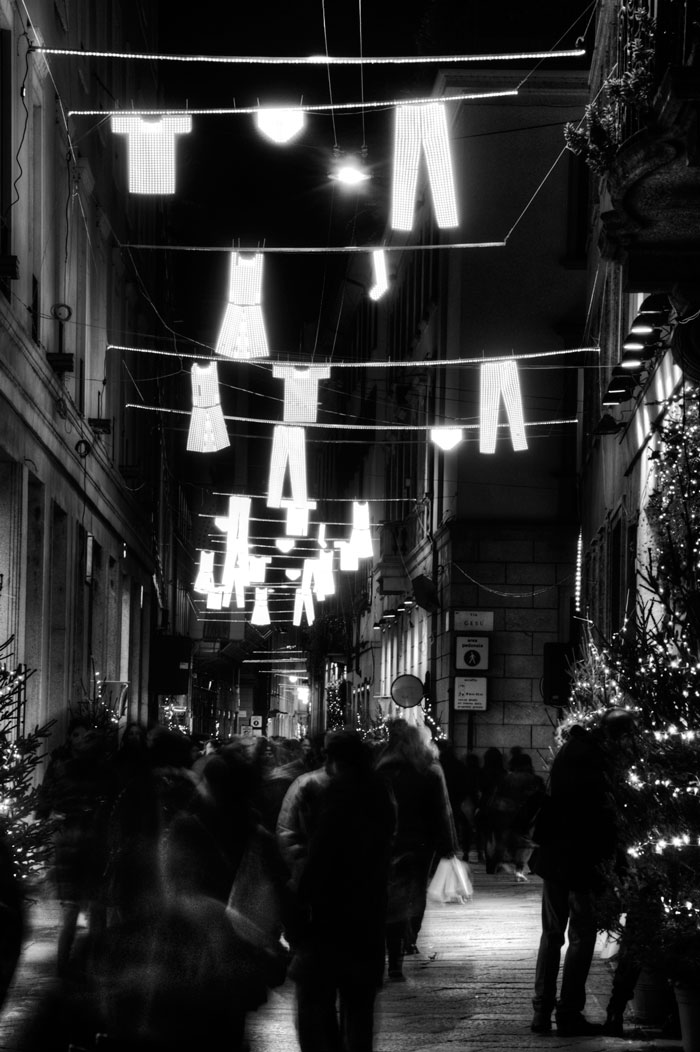
Today is the last day of Milan's second annual LED Festival, a celebration of outdoor lighting in the city that a hundred years ago became the first in Europe to electrify its street lights and street cars. This year's festival featured sixty installations totaling more than 600,000 LED bulbs.
On Via della Spiga, artist Fabrio Novembre hung out laundry in lights, alluding to a Sophia Loren movie, Iori, Oggi, Domani--Yesterday, Today, and Tomorrow.
It just doesn't seem fair, somehow, that when they dole out the cinematic icons, Milan gets Sophia Loren while here in Philadelphia we have to make do with Sylvester Stallone....
laundry
streetscape
Milan
Italy
LED Festival
lights
(Image credit: Lorenzo Bianchi)
Jan 14, 2011

For Milan's second annual LED Festival, Chiara Lampugnani dreamed up some night-flying butterflies that flit up Canonica and Paolo Sarpi streets.
night
streetscape
Milan
Italy
butterflies
Chiara Lampugnani
Jan 3, 2012
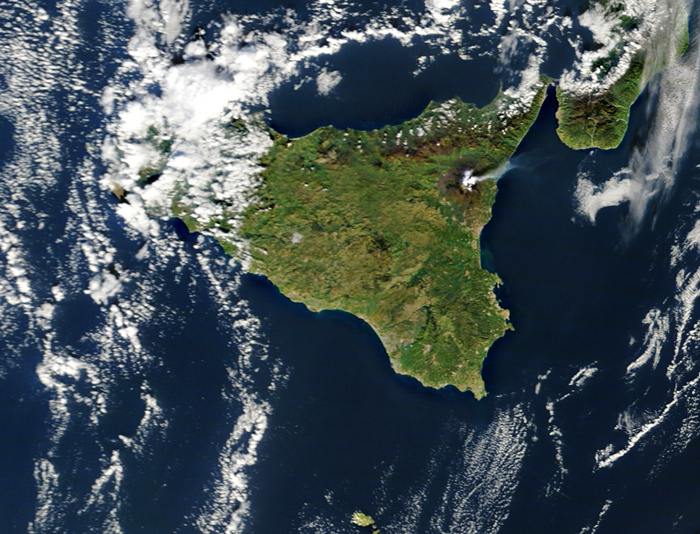 Right around this time last year, Mt. Etna in Sicily started doing this. Again.
Right around this time last year, Mt. Etna in Sicily started doing this. Again.
birdseye view
volcano
Italy
satellite imagery
remote sensing
clouds
Mt. Etna
Sicily
Mediterranean
(Image credit: NASA MODIS satellite)
Jan 21, 2012
 Ten years ago, an exhibition of work by the Colombian sculptor and painter Fernando Botero toured Europe, including a stop in the courtyard of the Cathedrale di Milano, as shown here. Next fall, a Botero exhibit will visit Bilbao, Spain, but the photo below taken in Bilbao last week features a sculpture that resembles the work of Botero in roundness alone.
Ten years ago, an exhibition of work by the Colombian sculptor and painter Fernando Botero toured Europe, including a stop in the courtyard of the Cathedrale di Milano, as shown here. Next fall, a Botero exhibit will visit Bilbao, Spain, but the photo below taken in Bilbao last week features a sculpture that resembles the work of Botero in roundness alone.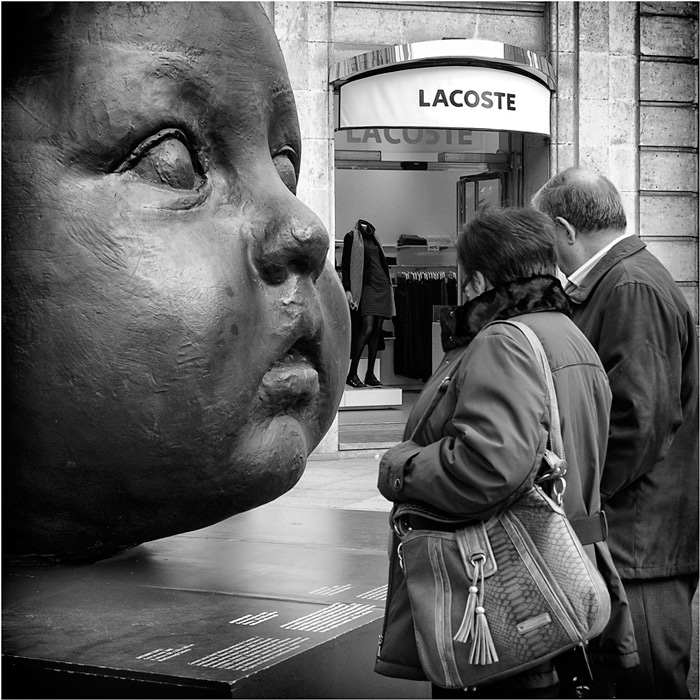
Spain
art
sculpture
architecture
Milan
Italy
shopping
Botero
Bilbao
(Image credits: top, Katrin Maldre; bottom, Luis Irisarri)
Jan 23, 2012
 They called themselves the Society of St. Michael the Archangel, a name they took from their parish church back home in Albidona, a small town on the southern coast of Italy, about midway between the heel and toe of the "boot."
They called themselves the Society of St. Michael the Archangel, a name they took from their parish church back home in Albidona, a small town on the southern coast of Italy, about midway between the heel and toe of the "boot."
But in 1926, when this picture was taken, they were all living in Chicago, surrounded by native-born Americans and immigrants from all over Italy and the world. In America, the immigrants from Albidona naturally turned to one another for social life and mutual aid, a hometown bond they formalized with the establishment of the Society of St. Michael the Archangel. Similar benevolent and social organizations based on hometown roots were formed by immigrants in communities all over America, supporting one another socially, culturally, and oftimes financially.
These societies faded in importance as their members established themselves in their new country. Today, however, new groups of immigrants, such as the Sudanese refugees in Maine, are again creating formal organizations for exactly the same purposes. As ever, they function as social centers but also as banks, raising money both to lend to members in need and to send back home for communities in distress.
The gentleman in the middle of the front row with the gavel, presumably the president of the Society of St. Michael in 1926, has been identified as Leonardo Adduci, whose great-grandson shares the photo.
Chicago
Italy
immigrants
Albidona
1926
(via Shorpy)
Nov 16, 2012
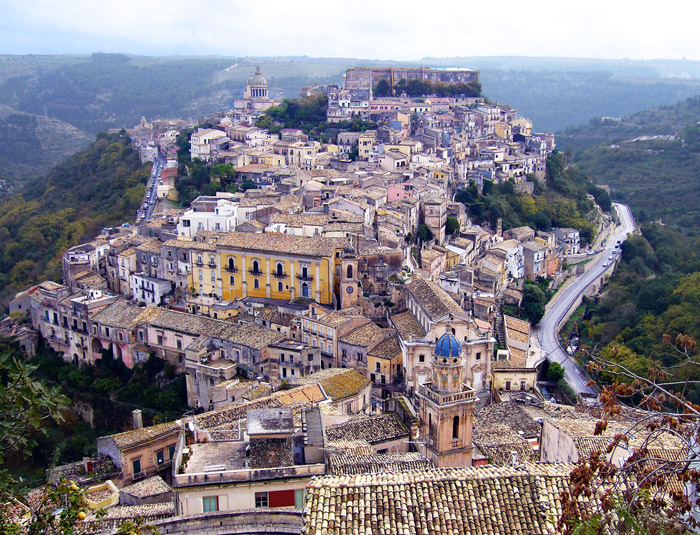 More than four millennia ago, people who called themselves Sicels built a town atop this hill, 300 meters above small streams in the steep-sided limestone valleys of southern Sicily.
More than four millennia ago, people who called themselves Sicels built a town atop this hill, 300 meters above small streams in the steep-sided limestone valleys of southern Sicily.
Then came the Greeks and briefly the Carthaginians, then the Romans, the Byzantines, the Arabs, and finally, in the eleventh century, the Normans. The town had its name by then, Ragusa. As part of the Kingdom of Sicily, it slipped out from under control of the Norman duke Geoffrey and became a fief of the Chiaramontes, the most powerful family in Sicily.
At first glance, Ragusa's many centuries, particularly its medieval times, appear plain in the architecture and plan of the town clinging to the hill. But that's an illusion; almost everything here postdates a severe earthquake in 1692, which killed thousands of people and destroyed almost all the buildings, including a very large Gothic cathedral.
What we see today is Ragusa rebuilt, in the early eighteenth century, in the style known as Sicilian baroque. We also see Ragusa stratified; the rich people moved over to the next hill to rebuild their homes and churches–Ragusa Superiore–while the poor stayed where they were, rebuilding in the rubble– Ragusa Inferiore, known today as Ragusa Ibra.
Of the two Ragusas–essentially identical in age and architectural style–the poor folks' town, featured in this photo, attracts more attention from twenty-first-century tourists and is generally considered the more picturesque. The replacement for the ruined cathedral, however, is in Ragusa Superiore.
As an American, I have my doubts about places that look like this; I sniff Walt Disney and/or Hollywood and/or Colonial Williamsburg in the so-called Sicilian air. I fear this is a town populated by characters in costume whose main role in life is to get me to part with my money. But you know what? I'll take the risk. And if I ever get to Sicily . . . I can't promise I'll come back.
landscape
architecture
Italy
Sicily
Baroque
hillscape
hill town
(Image credit: Riccardo)
Dec 29, 2012
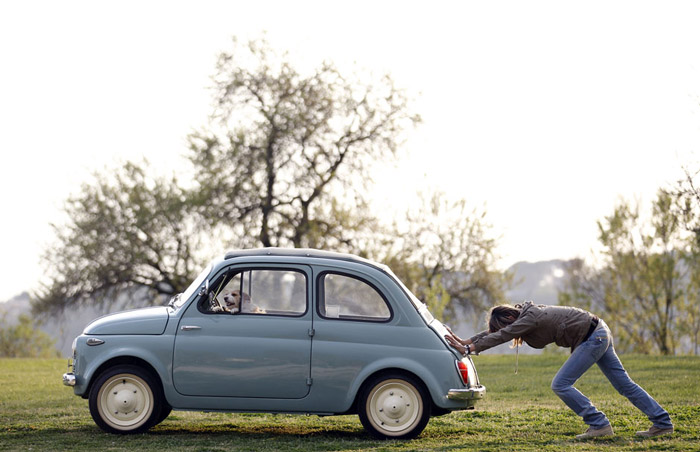 When gas costs something like $9.50 a gallon, people run out of gas. Last April, this woman was pushing her car (and dog) through a neighborhood in Rome.
When gas costs something like $9.50 a gallon, people run out of gas. Last April, this woman was pushing her car (and dog) through a neighborhood in Rome.
About half the pump price of gasoline in Italy is taxes, which have increased recently. Drivers have been driving less, and new car sales declined by 18 percent this year. As demand for gas fell, the price slowly started to drop; last week, a gallon cost only $9.17. Of course Italians buy by the liter, not the gallon, and they use Euros instead of dollars, but it all works out.
The photographer says that after taking the picture, he helped push.
car
Italy
goat
(h/t: K Maldre)
economy
gasoline
Rome
(Image credit: Allesandro Bianchi for Reuters)
Nov 9, 2013
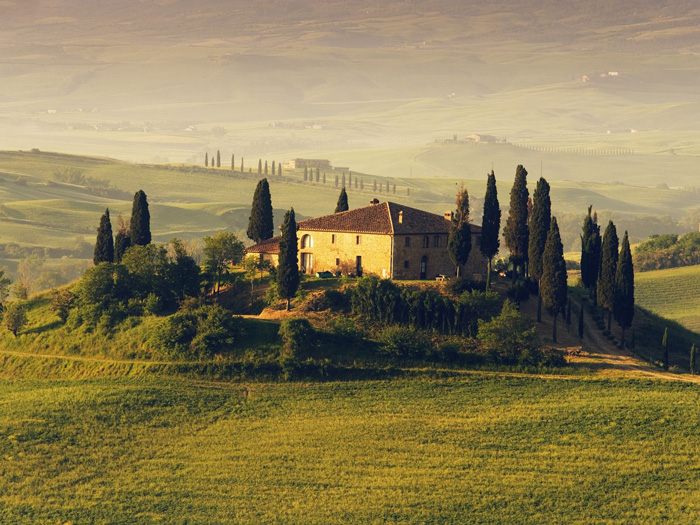 Villa at sunrise, San Quirico d'Orcia.
Villa at sunrise, San Quirico d'Orcia.
landscape
Italy
fields
sunrise
farmland
farmhouse
cypress
Nov 27, 2013
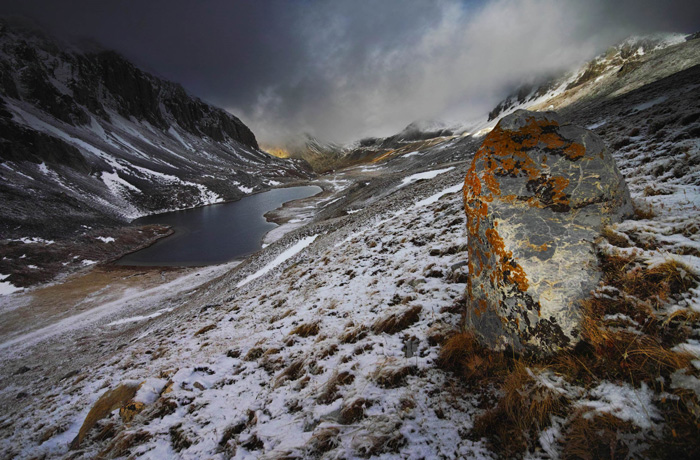 The cold and the storms both showed up in Philadelphia this week, but somehow the effect we see here in a high mountain valley in the Tyrolean Alps is a little more dramatic and astonishing than it is out on the streets and sidewalks of Brotherly Love. Pretty much all we've got in town right now are slashing rains and chill.
The cold and the storms both showed up in Philadelphia this week, but somehow the effect we see here in a high mountain valley in the Tyrolean Alps is a little more dramatic and astonishing than it is out on the streets and sidewalks of Brotherly Love. Pretty much all we've got in town right now are slashing rains and chill.
landscape
mountains
winter
Italy
snow
sky
clouds
storm
South Tyrol
Mar 18, 2014
 Through the window glass in Venice.
Through the window glass in Venice.
Venice
Italy
window
gallery
Jul 24, 2014

cars
streetscape
Italy
pigeons
Naples
(Image credit: Helgesen)
Feb 2, 2015
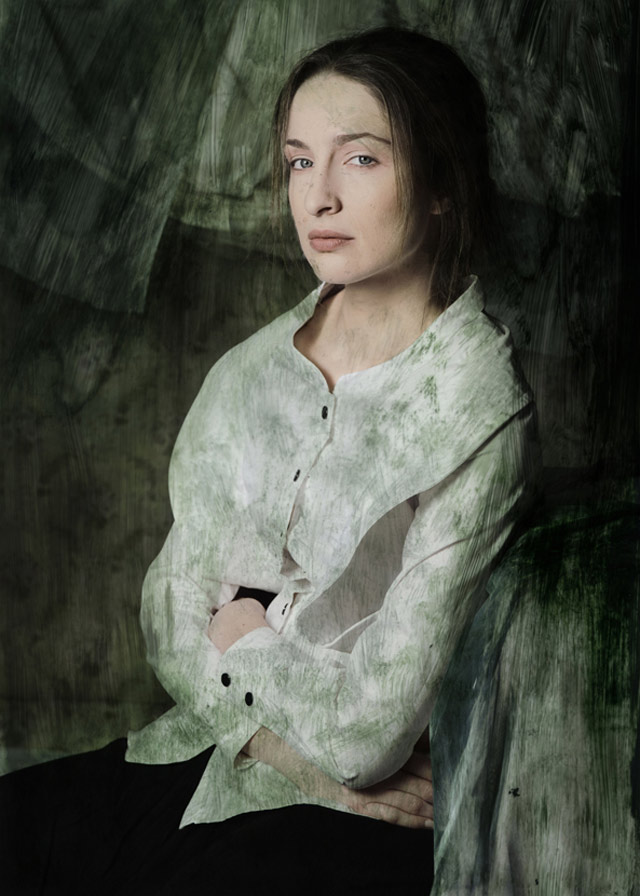
Portrait de la la Repasseuse, by Laura Corrado, from the 2015 Royal Photographic Society International Biennial.
Italy
portrait
work
(Image credit: Laura Corrado)
Jun 20, 2016
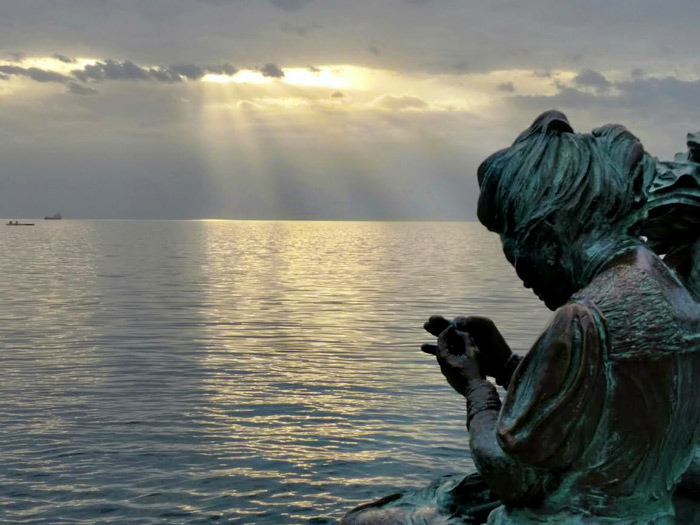 She sits by the waterfront in Trieste, Italy, apparently texting or checking her Facebook, but actually sewing, or maybe knitting.
She sits by the waterfront in Trieste, Italy, apparently texting or checking her Facebook, but actually sewing, or maybe knitting.
Not seen here: the other seamstress of Trieste, sitting and chatting alongside her.
art
sunset
sculpture
Italy
bronze
women
sewing
waterfront
working
Trieste
(Image credit: K. Maldre)
Jan 26, 2017

night
Venice
Italy
time exposure
canal
(Image credit: Trey Ratcliff via Stuck in Customs)
Mar 23, 2017
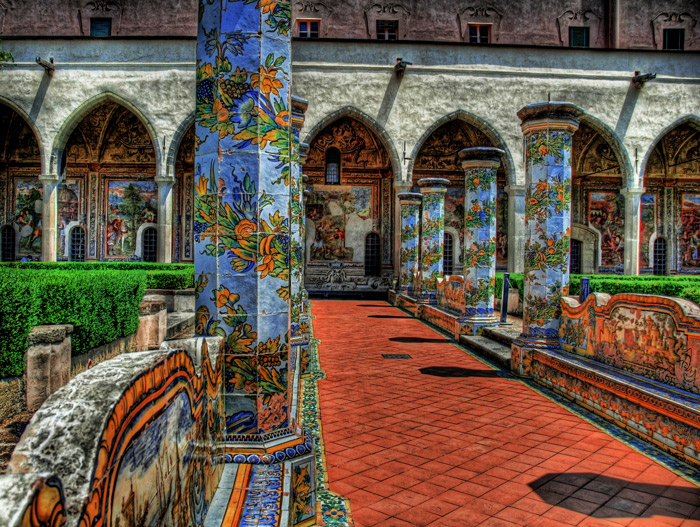 In the year 1212, the woman who became Saint Clare of Assisi founded the Poor Clares order of nuns. From the beginning, Poor Clares sisters were entirely cloistered and took vows of poverty much more extreme than those of other nuns of the time; they owned no property whatsoever, individually or collectively, and depended on alms for survival.
In the year 1212, the woman who became Saint Clare of Assisi founded the Poor Clares order of nuns. From the beginning, Poor Clares sisters were entirely cloistered and took vows of poverty much more extreme than those of other nuns of the time; they owned no property whatsoever, individually or collectively, and depended on alms for survival.
For the past 700 years, Poor Clares in Naples, Italy, have lived here, in Santa Chiara, a church and monstery complex built for them by Queen Sancha of Majorca and King Robert of Naples. The complex was extensively remodeled in the eighteenth century, with the addition of exuberant ornamentation, especially in this garden, that seems difficult to square with the nuns' professed poverty and simple life apart from the world.
Indeed, the tiled benches illustrate decidedly non-religious scenes, from masked pageantry at Carnival to peasants chasing after pigs. The tiles on the columns are garlanded in flowers and fruit: lemon trees, grape vines, figs and bananas. The designer was Domenico Antonio Vaccaro, an architect and sculptor known for imposing a personal stamp on every project, no matter what the client might have had in mind.
For two more centuries, the Poor Clares stayed on in Vaccaro's fanciful cloister, until 1995, some years after they had downsized to a smaller monastery next door. For the first time, their garden was opened to visitors from outside the order.
garden
Italy
Naples
tiles
Domenico Antonio Vaccaro
Majolica tiles
Poor Clares
Rococo
Santa Chiara
King Robert of Naples
cloister
Queen Sancha of Majorca
(Image credit: Trey Ratcliff via StuckInCustoms)
Apr 10, 2017
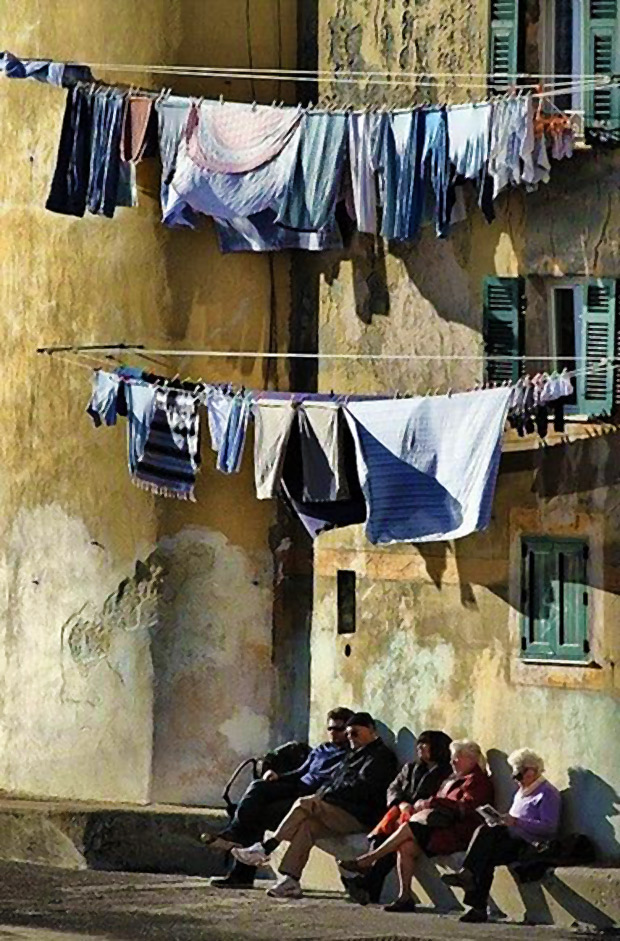
Suspendu, says the caption. In Napoli.
laundry
streetscape
Italy
windows
clothesline
Naples
Napoli
shutters
Jan 29, 2018
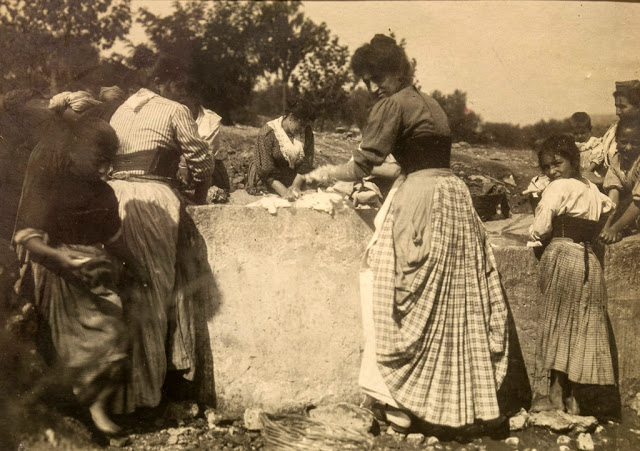 Women washing clothes circa 1900 in Alatri, Italy, 100 kilometers southeast of Rome.
Women washing clothes circa 1900 in Alatri, Italy, 100 kilometers southeast of Rome.
laundry
Italy
1900
women
Alatri
Feb 11, 2018
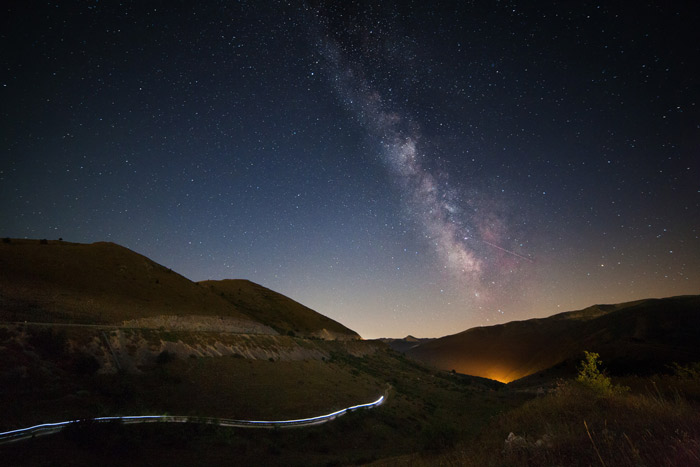 Three lights in the night create this image: firelight, starlight, and a glowing streak of human brilliance.
Three lights in the night create this image: firelight, starlight, and a glowing streak of human brilliance.
The human-powered light is the silvery streak at lower left, created by the photographer's brother, who was cycling along a mountain-bike trail in the high prairies of central Italy's Appenine Mountains. Either the cyclist wore a headlamp, or his bike was outfitted with a headlamp. The camera lens stayed open for almost half an hour–27 minutes–to preserve the track of the route.
The firelight near the lower right of the picture was from the village of Tornimparte, in the valley far below the hillsides we see here. The photo was taken in mid-August, on the night following the Feast of the Assumption, when bonfires mark the end of the summer harvest.
The starlight notably features the Milky Way, which the photographer said he'd never seen before. The reason he'd never seen it before might be visible in the part of the sky just over the horizon behind the village bonfires. The night sky looks pale back there, with fewer stars visible to the eye–perhaps because of distant light pollution emanating from the Roman metropolis about sixty miles to the northwest.
If you click on the photo and study the enlarged version–yes, life is short, but go ahead, waste a few moments fussing with a pretty picture–you may be able to see that the stars are not pinpoints of light but short little line segments, almost like tiny bits of the bicycle's light trail. In this case, however, it's not the stars so much as the earth that's moving; 27 minutes is such a long exposure time that the earth spins through almost 2% of its daily rotation, leaving little streaks of starlight as the camera and the mountains and the bicycle all move through the night.
bicycle
Italy
stars
night sky
Milky Way
firelight
Tornimparte
Feast of the Assumption
Piano di Campo Felice
Abruzzo
(Image credit: Francesco Barnes via The Image Story)
Mar 5, 2018
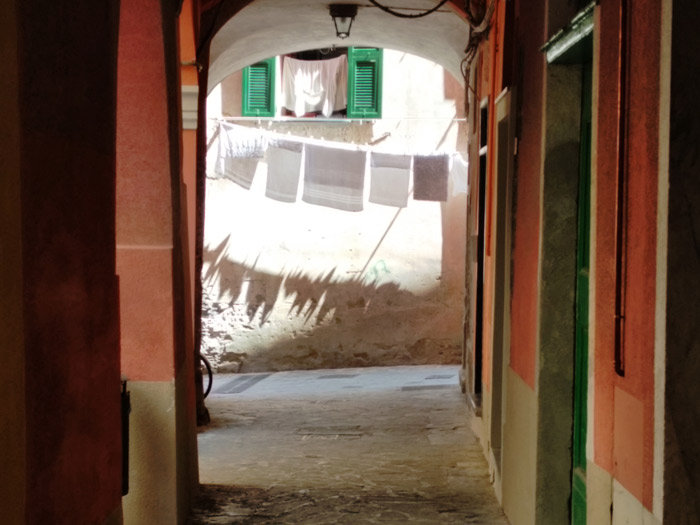
laundry
Italy
window
clothesline
(Image credit: K. Maldre)
Mar 12, 2018
 Quarteri Spagnoli.
Quarteri Spagnoli.
laundry
streetscape
Italy
clothesline
Naples
Mar 26, 2018
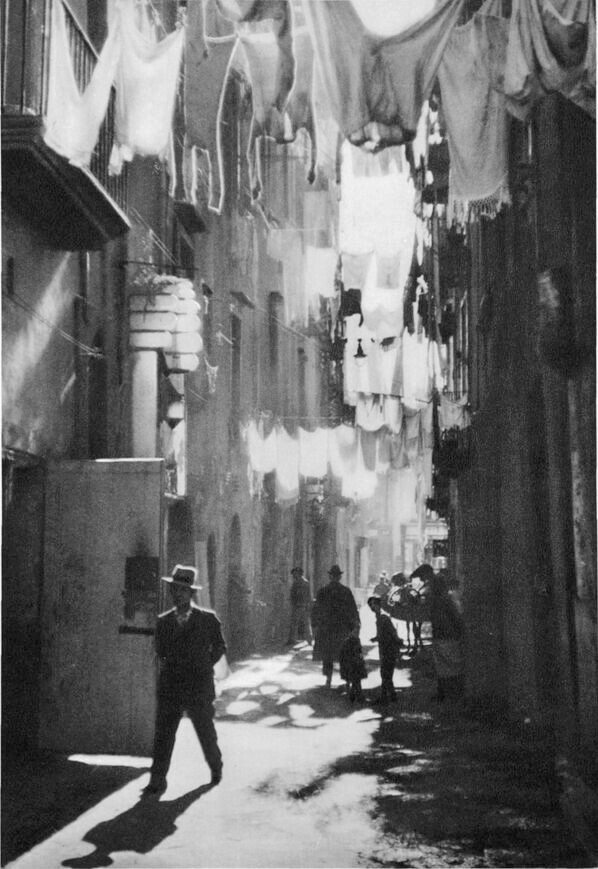
Quarteri Spagnoli, 1929.
laundry
streetscape
Italy
clothesline
Naples
1929
Quartori Spagnoli


















 Women washing clothes circa 1900 in Alatri, Italy, 100 kilometers southeast of Rome.
Women washing clothes circa 1900 in Alatri, Italy, 100 kilometers southeast of Rome.


